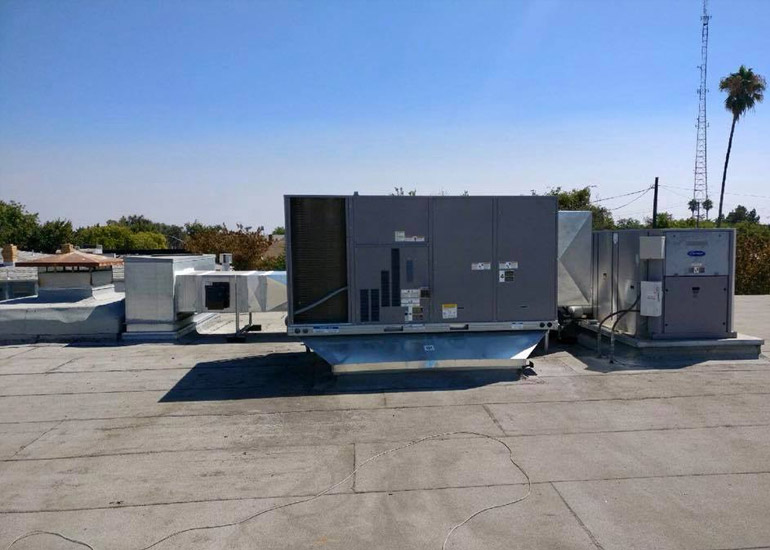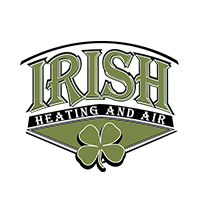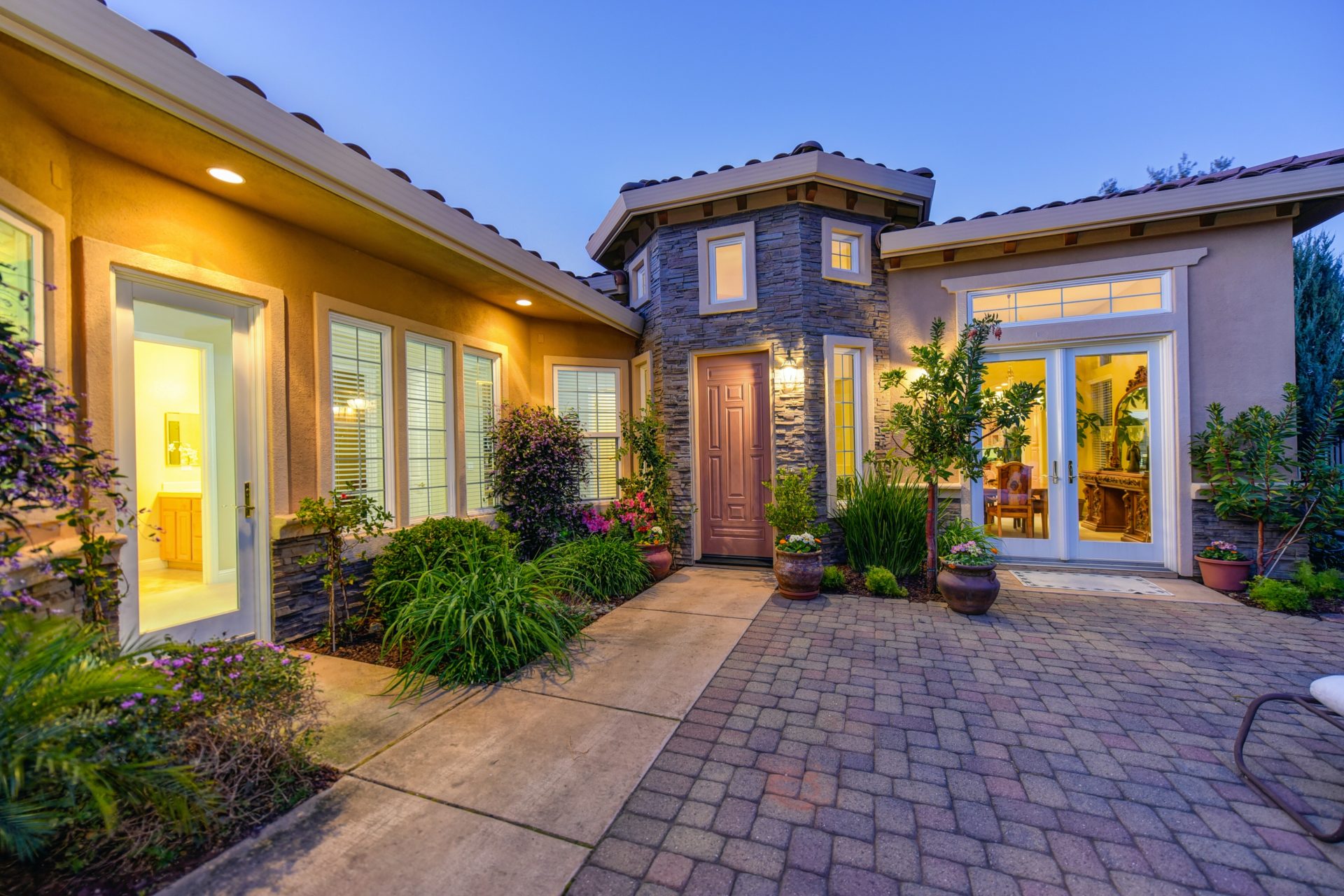 When you choose the HVAC system for a home, you generally choose components, like a furnace or an air conditioner. When you choose the HVAC system for a commercial building, you choose the overall system first and the individual components of the system second. The larger spaces of commercial systems mean that you may have multiple units, and how these units are connected or not matters. Here are some of your options for commercial HVAC systems.
When you choose the HVAC system for a home, you generally choose components, like a furnace or an air conditioner. When you choose the HVAC system for a commercial building, you choose the overall system first and the individual components of the system second. The larger spaces of commercial systems mean that you may have multiple units, and how these units are connected or not matters. Here are some of your options for commercial HVAC systems.
Single Split Systems
Single split systems are essentially the same as those installed in most residential settings, which means they are ideal for smaller commercial buildings. Instead of having a whole integrated HVAC system, you simply have one or more air conditioner and furnace pairs, controlled by a thermostat and unconnected to one another. They are small, cheaper, and self-contained. A failure in your furnace won’t affect your air conditioner, and so repairs are simpler and cheaper.
However, managing multiple single split systems for a large space doesn’t make much sense. A commercial property of any reasonable size should consider a multi-split system for convenience and space-saving.
Multi Split Systems
Multi split systems have multiple indoor units, all connected to one outdoor unit. This delivers more conditioned air for larger commercial spaces without having the hassle of multiple outdoor units, multiple thermostats and other redundancies. For every nine indoor units, you can have just one outdoor unit.
Further, with multiple indoor units, you may be able to avoid installing ductwork. This can save space in your walls and lower installation costs. Although, because multi split systems still require wiring and connection between multiple units, their installation costs will end up higher than single split systems.
In the long term, multi split systems will have lower costs than a single split system of the same size. Instead of turning off and on frequently, these systems will deliver more consistent heat or cold, saving energy on start-up. You may also be able to use more energy-efficient options in multi split systems, such as heat pumps.
VRF Systems
Variable refrigerant flow systems are your third option. These systems use one unit to both heat and cool your space, controlling refrigerant to either draw in heat or take the heat out of the building. VRF systems may also be designed so that they can cool some parts of the building while heating others. These are called heat recovery systems.
VRF systems are quick to install in buildings that are under construction. They can be highly energy-efficient for medium and large commercial buildings. However, they do have disadvantages. They are expensive to install. When one component of the building needs repair or replacement, then the whole system is impacted and may not work.
Air Volume: Constant and Variable
These systems are not mutually exclusive from the systems listed above. Instead, they are another aspect of a commercial HVAC system—these twoare about how the system works to achieve the right temperature.
Constant air volume systems work at full-blast to heat or cool the building and then stop when the temperature is achieved. Variable air volume systems always run but regulate the air flow based on the temperature of the building.
An HVAC professional can help you decide which HVAC system is best for your building.


